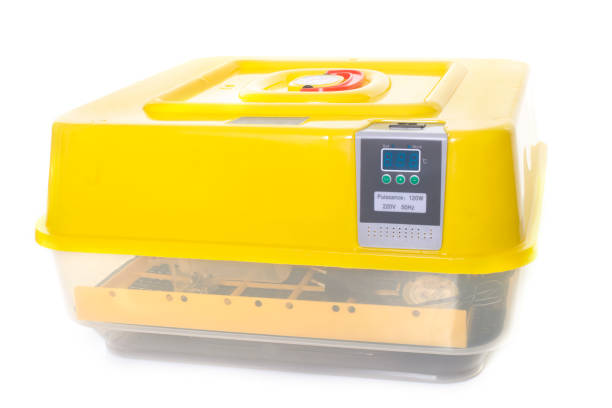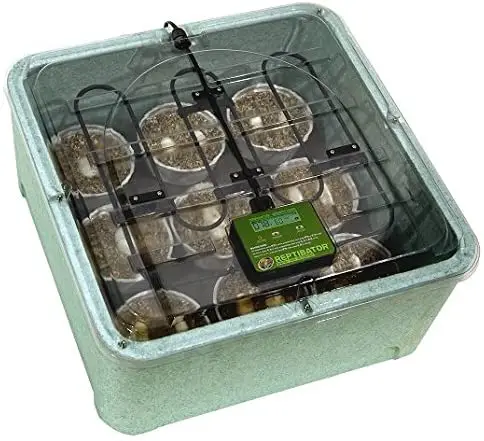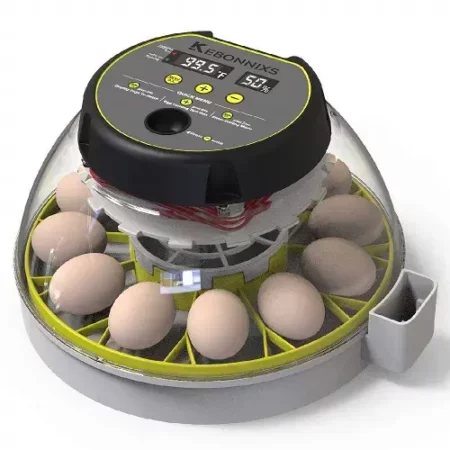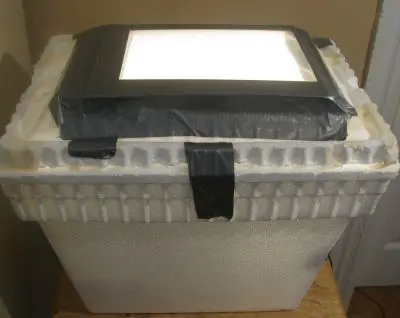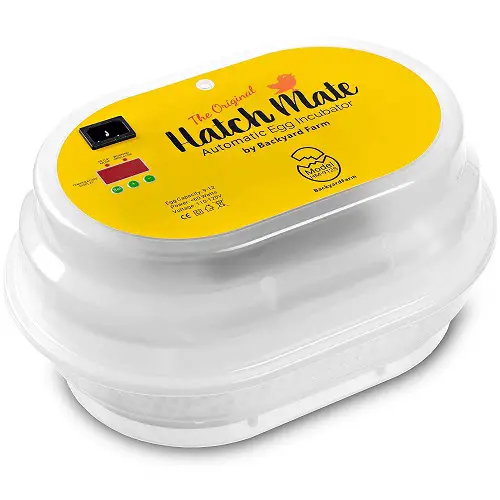Table of Contents
Egg incubation is a process that helps promote embryonic development in birds, reptiles, and amphibians. This process is crucial for the survival of these species. There are two types of incubation: natural incubation and artificial incubation. Natural incubation makes use of broody birds while artificial incubation makes use of egg incubators. Egg incubators are devices used to hatch eggs by maintaining optimal temperature, humidity, and ventilation.
There are different types of egg incubators classified based on various factors such as the number of eggs that can be incubated at a time, ventilation or airflow systems and mode of operation.
Types of Incubators Based on Capacity or Size
Poultry egg incubators come in all shapes and sizes. The size of the incubator will depend on the capacity, or how many eggs it can hold at one time. According to the holding capacity or size, there are three main types of egg incubators:
- Small or mini incubators
- Medium incubators
- Large or industrial incubators
Small Incubators
Small incubators are a type of egg incubator designed to hatch a small number of eggs (usually less than 50 eggs) at a time. Small egg incubators are a necessity for those who wish to hatch chicken eggs or other poultry eggs on a small scale. They are sometimes referred to as tabletop incubators or mini incubators. They are also useful for educators who wish to use them in the classroom to teach about the process of incubation and hatching birds’ eggs.
Medium incubators
Medium incubators are designed to hatch a medium range of chicken eggs (generally 50-200 eggs at one time). A medium incubator is the most ideal for those with a medium-sized flock, or for those who wish to hatch a larger amount of eggs on a smaller budget than a large incubator.
Large or Industrial Incubators
Large incubators are designed to hatch large numbers of chicken eggs (usually more than 200 eggs at one time). A large or industrial incubator is generally the most suitable for big breeders or farms with a lot of fertile eggs to hatch. An industrial incubator can accommodate up to 5000 eggs at a go.
Types of Incubators Based on Airflow or Ventilation Systems
Developing embryos in eggs breathe in oxygen and breathe out carbon dioxide consecutively. Hence, an egg incubator requires a good airflow to constantly get rid of carbon dioxide as well as replenish oxygen. All incubators come with vent holes to take in the fresh air and remove the stale air inside them. Large incubators and some small incubators use an inbuilt fan to circulate air. On the other hand, some small incubators use natural ventilation. They depend solely on gravity to let warm, humid air escape through the top air vents while fresh air comes in through the bottom air vents.
According to airflow, there are two types of incubators which are:
- Still-air incubators
- Forced-air incubators
Still-Air Incubators
This incubator type does not use fans but relies on gravity or natural draft to expel carbon dioxide and take in oxygen. Incubators under this classification are also called gravity-ventilated or gravity-flow incubators.
One major drawback of still-air incubators is that ununiformed temperature through the device and humidity are less accurate.
Forced-Air Incubators
These incubators come with in-built fans that pull out carbon dioxide and suck in oxygen. The fan also helps in circulating warm air within the device and makes the temperature and humidity uniform and accurate. These are important to record a high hatch rate.
Types of Incubators Based on the Mode of Operation
Egg incubators are also classified according to their mode of operations or how they carry out vital operations. The types of incubators based on operating mode are:
- Manual incubators
- Semi-automatic incubators
- Automatic incubators
Manual Incubators
As the name suggests, the manual incubator is an incubator that the user has to manually do everything from turning the eggs to managing the temperature and humidity.
Semi-Automatic Incubators
In semi-automatic incubators, the user does not have to turn the eggs manually. There is a motorized system in place for this. However, the user will still have to monitor and control the temperature and humidity manually.
Automatic Incubators
Automatic incubators are the most advanced type. They come with pre-programmed settings for temperature and humidity. The user only has to load the eggs and the incubator will take care of the rest.

